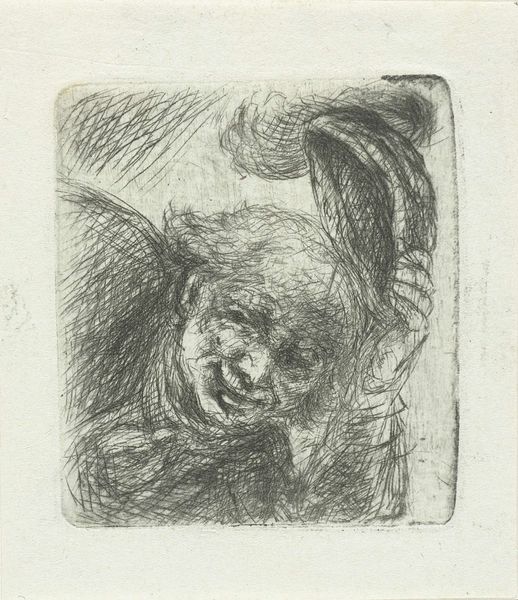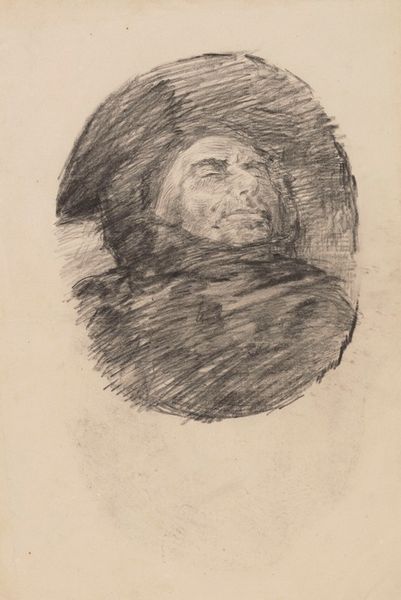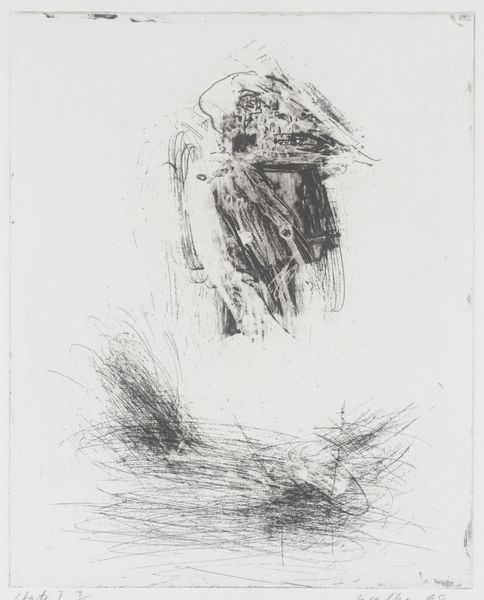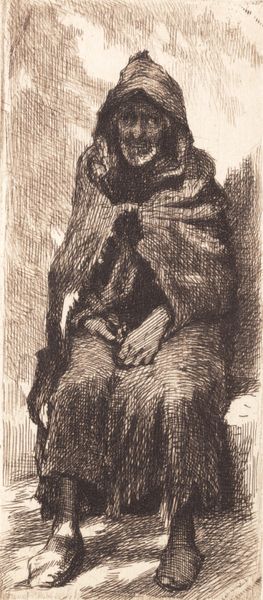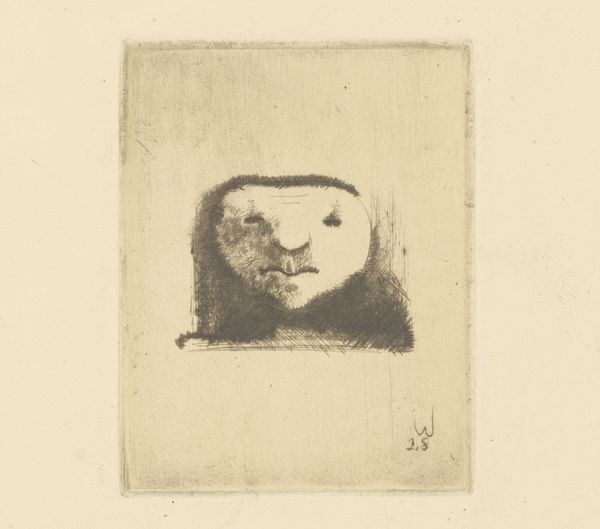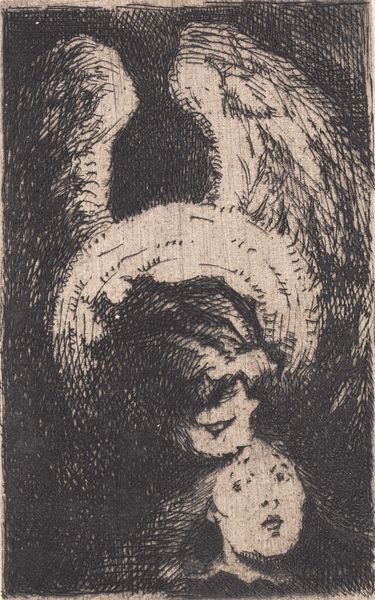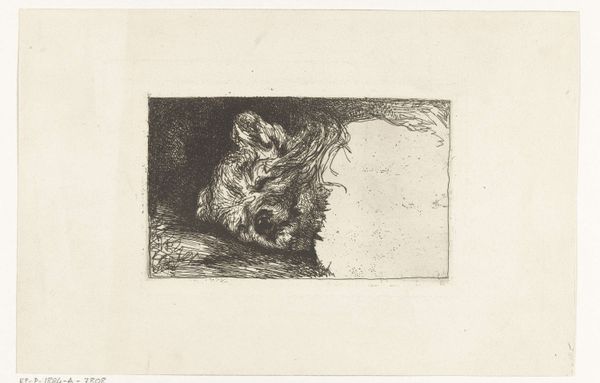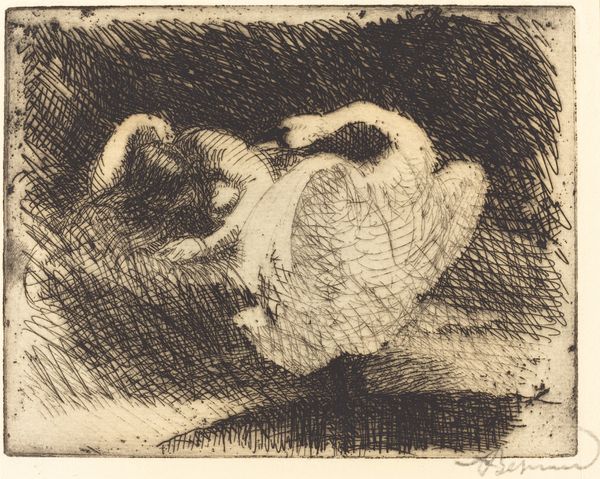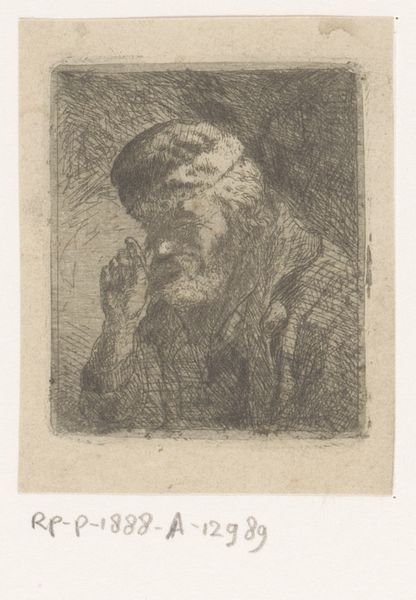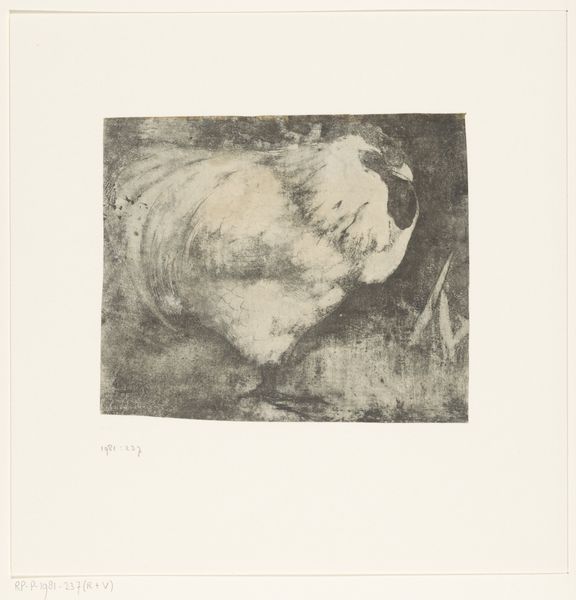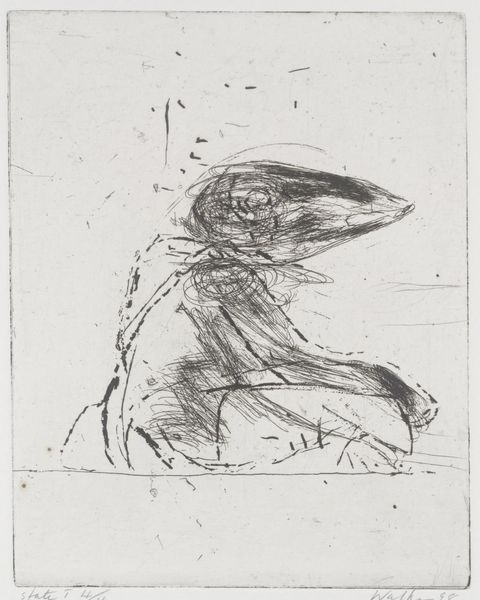
print, etching
#
portrait
# print
#
etching
#
figuration
Dimensions: height 45 mm, width 60 mm
Copyright: Rijks Museum: Open Domain
Jan Chalon created this etching of a laughing man sometime in the late 18th century. The image bubbles with joviality, but how might we understand laughter in its social context? In the Dutch Republic, laughter could signify social leveling, a temporary suspension of hierarchies. Think of the carnivalesque imagery of the period, where social roles are inverted in satire and parody. Does this image partake of that spirit? To fully understand the image, we would need to research the artist's biography, the printmaking culture of the Netherlands, and the social function of humor at this particular time. Historians analyze popular imagery as a way to better understand the everyday experiences of the past.
Comments
No comments
Be the first to comment and join the conversation on the ultimate creative platform.
